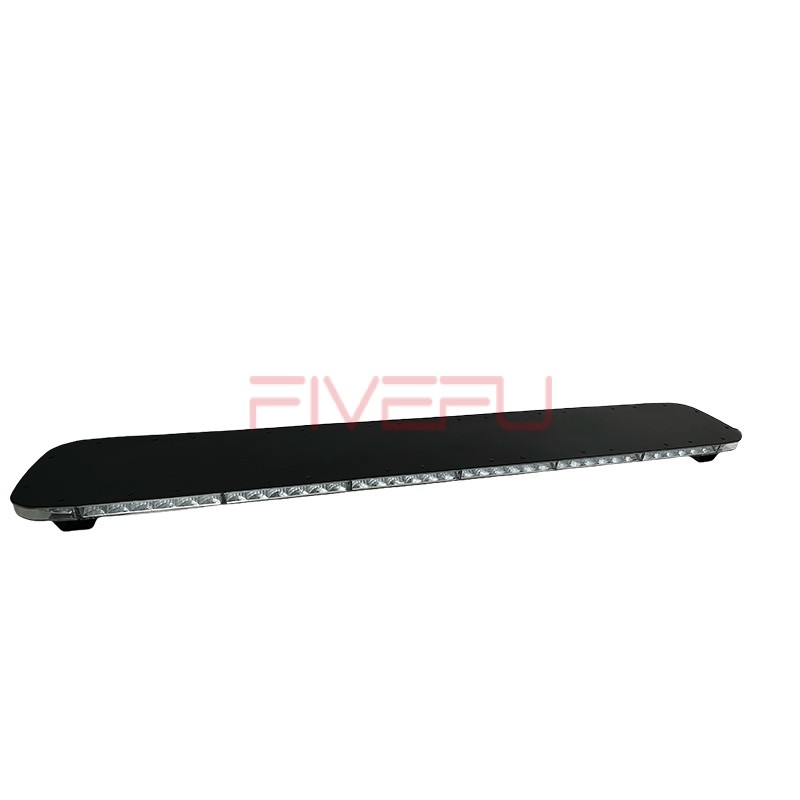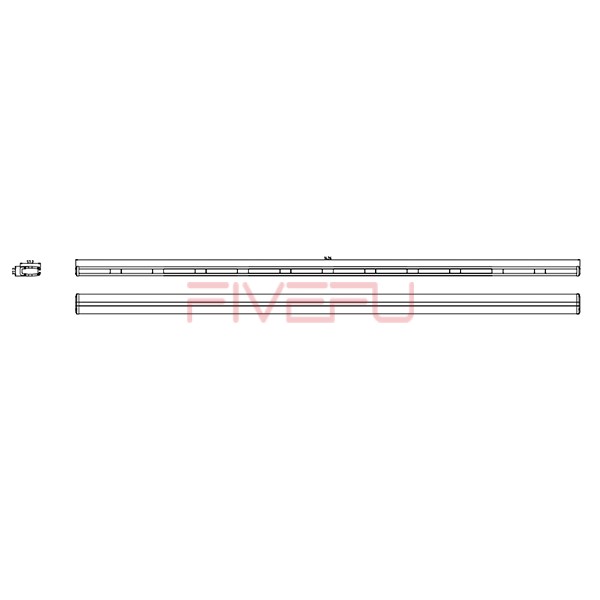Traditional flashlights often fail when you need them most. Dead batteries can leave you in the dark during critical moments. LED rechargeable torches offer a reliable solution.
LED rechargeable torches provide sustainable and cost-effective lighting. They eliminate disposable batteries, reduce waste, and offer consistent performance, making them an excellent choice for modern users.
Curious about whether rechargeable flashlights are the right choice for you? Let’s explore their benefits and drawbacks in detail.
Are Rechargeable Flashlights Better Than Battery Powered?
Rechargeable flashlights, especially LED rechargeable torches, have gained popularity due to their eco-friendliness and convenience. Unlike traditional battery-powered flashlights, rechargeable ones are designed to be reused, reducing the environmental impact of discarded batteries. They are cost-effective in the long run, as you save on purchasing disposable batteries. However, battery-powered flashlights offer the advantage of instant replacement in emergencies, while rechargeable models may require a waiting period to recharge. The choice depends on your specific needs, such as portability, usage frequency, and environmental considerations.
Advantages of Rechargeable Batteries
The advantages of LED rechargeable torches are numerous. First, they are environmentally friendly. By reducing reliance on disposable batteries, they help decrease landfill waste and pollution. Second, they are highly cost-efficient. Although the upfront cost of a rechargeable flashlight may be higher, the long-term savings outweigh this initial investment. Third, modern LED rechargeable torches provide consistent and brighter illumination, ensuring reliable performance in dark or emergency situations. Additionally, many models come with USB charging, making them highly portable and easy to recharge with various devices.
Disadvantages of Rechargeable Batteries
While LED rechargeable torches offer many benefits, there are some downsides. The most notable is the need for periodic recharging, which may leave you without light if you forget to charge it. Additionally, the internal battery in rechargeable models has a limited lifespan, requiring replacement after extensive use. Another drawback is the potential dependency on charging infrastructure, such as USB ports or power banks, which might not always be available in remote areas. Lastly, rechargeable flashlights are generally more expensive upfront than their battery-powered counterparts, which might deter budget-conscious buyers.
Conclusion
LED rechargeable torches offer sustainability and reliability, but balancing their advantages and drawbacks is essential for choosing the right flashlight.









